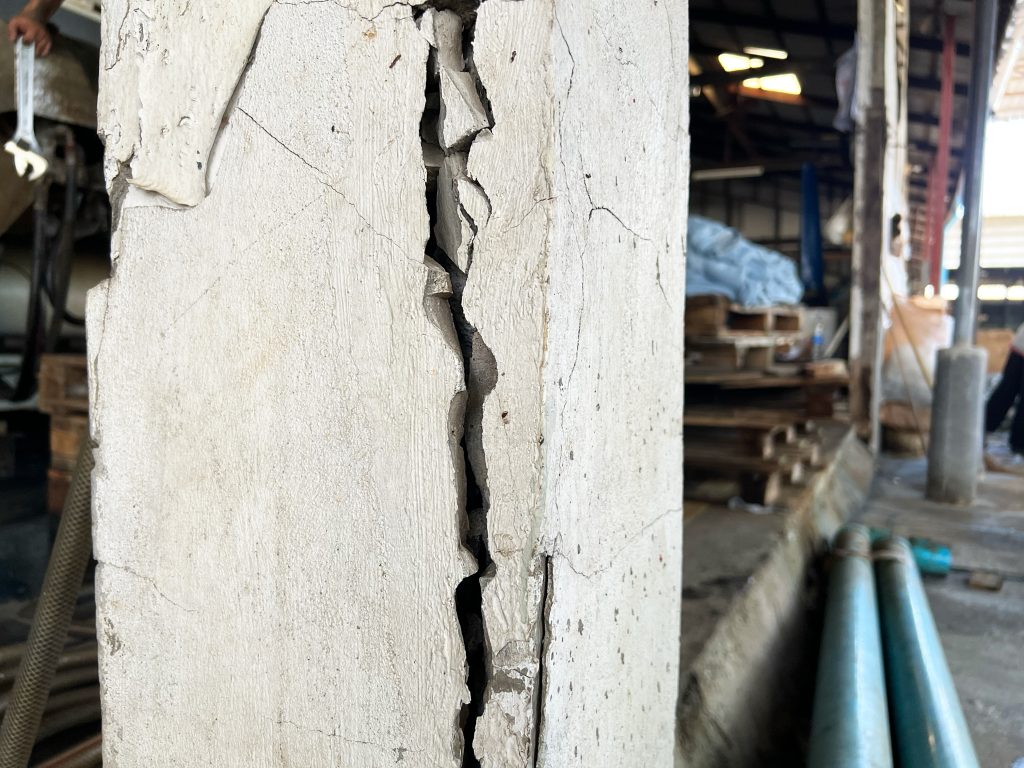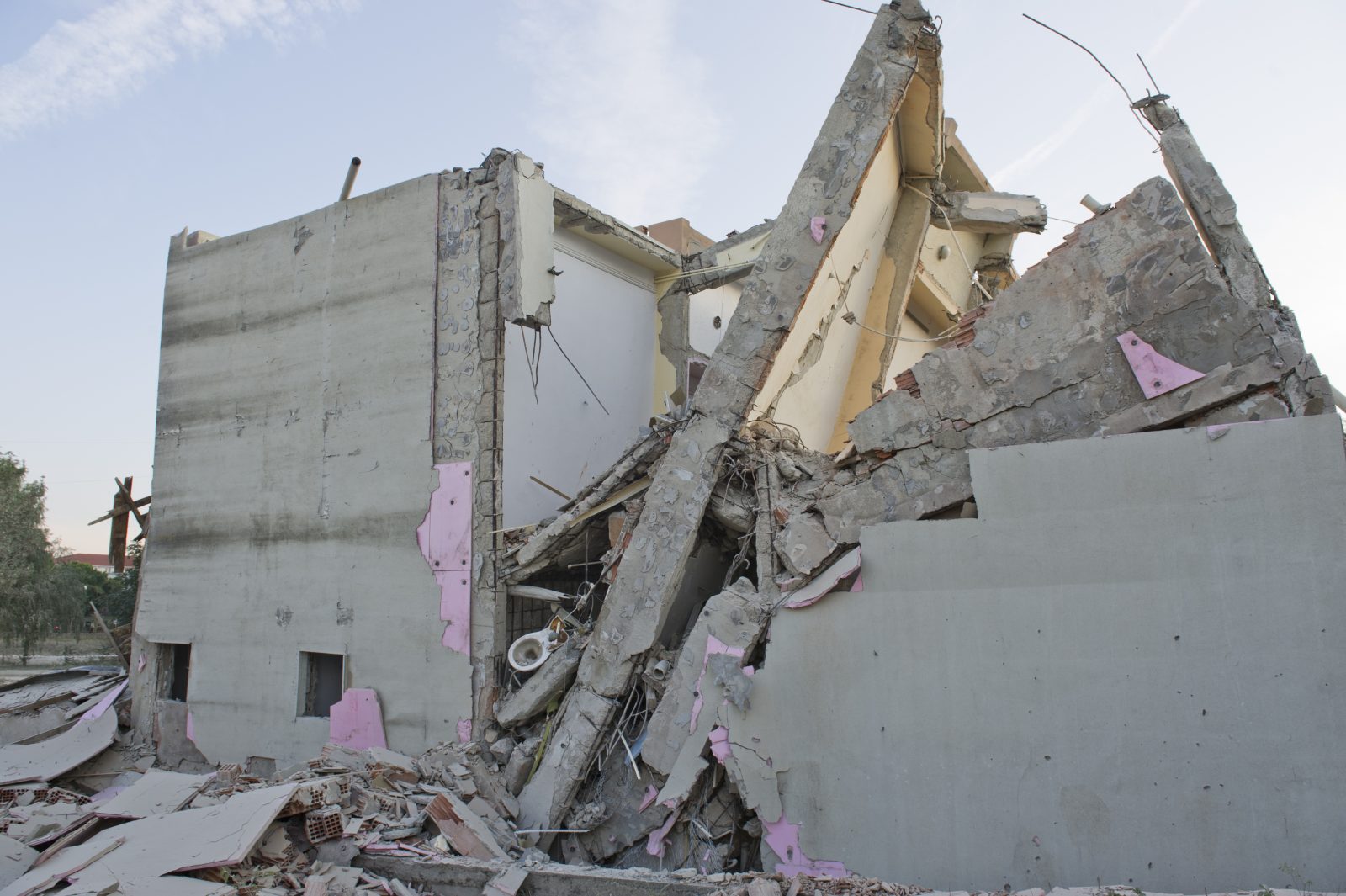California Retrofit Ordinances for Concrete Buildings

Earthquakes pose threats to buildings and infrastructure, especially in high-seismic areas across California. Many California cities have passed voluntary and mandatory retrofit programs to mitigate seismic risk in various building types, including unreinforced masonry, wood soft story, steel moment frame, non-ductile concrete (NDC), and rigid wall flexible diaphragm (RWFD, e.g., tilt-up) buildings.
NDC and RWFD buildings are among the most seismically vulnerable building types, with a well-documented history of poor performance in major earthquakes. Their vulnerability primarily stems from brittle behavior and limited ability to absorb and dissipate seismic energy. The weak link for RWFD buildings is the connection of the roof to the heavy concrete wall panels to resist the out-of-plane loads on the wall panels generated by earthquakes. In response, several municipalities have adopted (or are preparing to adopt) mandatory retrofit ordinances targeting these buildings, many of which were built before the enforcement of rigorous seismic design standards in the late 1970s for concrete buildings and late 1990s for RWFD buildings.
These ordinances aim to assess each city’s inventory of seismically vulnerable concrete and RWFD buildings and adopt seismic retrofit standards for these structures. To date, several California cities—including Los Angeles, West Hollywood, and Santa Monica—have adopted mandatory NDC retrofit ordinances into law, and Los Angeles and other jurisdictions have adopted mandatory retrofit ordinances for RWFD buildings.
Taking Action
The California engineering community is aware of these vulnerable building types and has prioritized identifying, evaluating, and retrofitting them to ensure their safety and reliability. Building owners and other stakeholders should understand the NDC and RWFD building types, how to comply with local ordinances, and the local requirements in cities like San Francisco and Los Angeles.
What Is a Retrofit Ordinance?
Cities, counties, or municipalities sometimes pass retrofit ordinances to mitigate known risks that certain types of buildings pose. These ordinances aim to reduce the risk of catastrophic structural failures, loss of life, and economic disruption in the event of a major earthquake. For example, San Francisco has previously instituted several ordinances, including the Parapet Safety Program (1975), the Unreinforced Masonry Building Program (1992), and the Soft-Story Program (2013) for wood frame buildings.
Because of their importance, ordinances often fall under broader public safety and resiliency initiatives and can vary in scope and requirements based on location. However, they typically require:
- Identifying vulnerable buildings.
- Conducting evaluations to assess seismic deficiencies using criteria provided in the ordinance.
- Developing and implementing retrofit plans to improve structural performance during earthquakes.
Ordinances can be mandatory or voluntary. Voluntary ordinances often precede mandatory ordinances and aim to give guidance to proactive owners. They often provide some sort of exemption from future mandatory ordinances. For example, compliance with the voluntary retrofit provisions of the San Francisco Concrete Ordinance exempts buildings from future mandatory ordinances for twenty years. If the provisions of the future mandatory ordinance are the same as the voluntary ordinance, no further retrofit work would be required.
These ordinances typically require addressing specific deficiencies of buildings that are known to be hazardous. (Other lesser deficiencies may not be addressed.) They often use criteria that are less stringent than the criteria used for new buildings. Consequently, a retrofitted building using the provisions of an ordinance is not expected to perform as well in an earthquake as a newly designed building. The ordinances typically require an evaluation by a structural engineer to determine if the building falls within the scope of the ordinance and to provide retrofit plans for review by the city and implementation by a general contractor. Compliance tiers are often defined to ensure the most egregious or high-risk buildings are retrofitted first, along with timelines that must be met. These timelines can be five to twenty years from the date of notice to completion of retrofit.

Engineering Expertise
An experienced structural engineer can help building owners navigate the retrofit ordinance requirements and develop options to comply. Simpson Gumpertz & Heger Inc. (SGH) has a long history of seismic evaluation and retrofit of NDC and RWFD buildings, providing sustainable retrofit solutions that improve the property’s effective life. We have also partnered with contractors, geotechnical engineers, inspection and testing labs, and other consultants who have experience in this type of work.
SGH is actively involved in research on non-ductile concrete (NDC) buildings and participated in early NDC building studies in San Francisco and other regions. We draw on our experience with NDC and RWFD buildings to determine whether a building is subject to the ordinance and, if so, develop efficient and economical retrofit solutions. Our engineers have been leaders in technical committees that developed provisions and standards for evaluating and retrofitting buildings and have helped develop these ordinances. They have authored papers and made presentations related to both NDC and RFWD buildings.